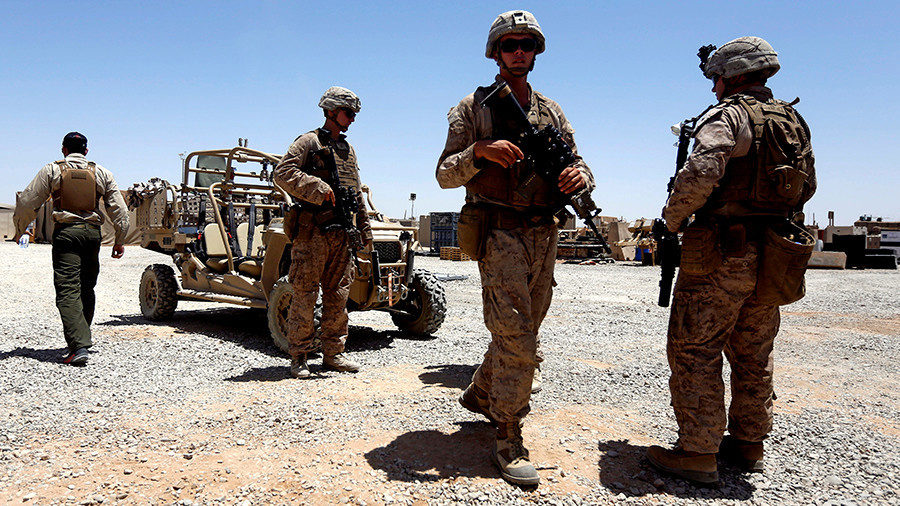
© Reuters
The Pentagon has restricted the release of crucial information on progress being made in the war in Afghanistan, the US government's top watchdog said. The move comes amid a spike of attacks by the insurgents.
The Special Inspector General for Afghanistan Reconstruction (SIGAR) releases a quarterly report which includes unclassified information on the amount of territory controlled or influenced by the Taliban and the Afghan government.
However, SIGAR has now been told by the Pentagon not to release such information. For the first time since 2009,
the US military has also classified the actual and authorized total troop numbers and attrition rate for the Afghan National Defense and Security Forces (ANDSF).
"In essence, you can ask me almost any question and I will have to say, it is classified or non-releasable, I mean you go down the list, it is just amazing," SIGAR head John Sopko told Reuters, adding that the Department of Defense did provide him with reasoning for the move.
He noted that the decision could lead some to conclude that information is being withheld because progress isn't being made, which may not be true.
Meanwhile, the Pentagon has pointed fingers at who is responsible for the decision to limit the amount of classified information available to the public. It says the step was made by the NATO-led Resolute Support coalition, and that the Department of Defense lacks any authority to overrule that decision.
"The Department continues to work with SIGAR, US Forces-Afghanistan, and NATO Resolute Support to resolve concerns about restrictions on information that was previously unclassified," Lieutenant Colonel Michael Andrews said.
Former officials and experts cited by Reuters said the move was worrying because Afghanistan and the US had set a public benchmark which would now be difficult to measure. In November, the top US general in Afghanistan set a goal of driving back Taliban militants enough to control at least 80 percent of the country within two years. In its most recent quarterly report, SIGAR said that 43 percent of Afghanistan's districts were either under Taliban control or being contested.
The withholding of information comes after US forces in Afghanistan restricted the amount of data they provided on the ANDSF last year,
including casualties, personnel strength and attrition rates.At the time, the US military said the data belonged to the Afghan government, which did not want it to be released.
On Monday, US President Donald Trump rejected the notion of peace talks with the Taliban, following a string of fatal attacks in Afghanistan. The move appeared to be a contradiction of his own strategy to end the war.
Last year, Trump ordered an increase in US troops to Afghanistan, as well as airstrikes and assistance to Afghan forces. Earlier this month, the US ambassador to the United Nations, Nikki Haley, said the strategy was working and pushing Taliban militants closer to peace talks.
However, Haley's comment came before a Taliban suicide bomber detonated an explosives-laden ambulance in Kabul on Saturday, killing more than 100 people and injuring at least 235. That attack followed a Taliban assault on the city's Intercontinental Hotel, which left 20 people dead.

Reader Comments